Food with high water content tends to look larger, its higher volume requires more chewing, and it is absorbed more slowly by the body, which helps you feel full. Water-rich foods include fruits, vegetables, broth-based soups, oatmeal, and beans.
|
"What works with weight loss is if you choose water or a non-caloric beverage over a caloric beverage and/or eat a diet higher in water-rich foods that are healthier, more filling, and help you trim calorie intake," says Penn State researcher Barbara Rolls, PhD, author of The Volumetrics Weight Control Plan.
Food with high water content tends to look larger, its higher volume requires more chewing, and it is absorbed more slowly by the body, which helps you feel full. Water-rich foods include fruits, vegetables, broth-based soups, oatmeal, and beans. "About 40 percent of people's daily activities are performed each day in almost the same situations, studies show. Habits emerge through associative learning. 'We find patterns of behavior that allow us to reach goals. We repeat what works, and when actions are repeated in a stable context, we form associations between cues and response,' a researcher explains.
Full Story Much of our daily lives are taken up by habits that we've formed over our lifetime. An important characteristic of a habit is that it's automatic-- we don't always recognize habits in our own behavior. Studies show that about 40 percent of people's daily activities are performed each day in almost the same situations. Habits emerge through associative learning. "We find patterns of behavior that allow us to reach goals. We repeat what works, and when actions are repeated in a stable context, we form associations between cues and response," Wendy Wood explains in her session at the American Psychological Association's 122nd Annual Convention. What are habits? Wood calls attention to the neurology of habits, and how they have a recognizable neural signature. When you are learning a response you engage your associative basal ganglia, which involves the prefrontal cortex and supports working memory so you can make decisions. As you repeat the behavior in the same context, the information is reorganized in your brain. It shifts to the sensory motor loop that supports representations of cue response associations, and no longer retains information on the goal or outcome. This shift from goal directed to context cue response helps to explain why our habits are rigid behaviors. There is a dual mind at play, Wood explains. When our intentional mind is engaged, we act in ways that meet an outcome we desire and typically we're aware of our intentions. Intentions can change quickly because we can make conscious decisions about what we want to do in the future that may be different from the past. However, when the habitual mind is engaged, our habits function largely outside of awareness. We can't easily articulate how we do our habits or why we do them, and they change slowly through repeated experience. "Our minds don't always integrate in the best way possible. Even when you know the right answer, you can't make yourself change the habitual behavior," Wood says. Participants in a study were asked to taste popcorn, and as expected, fresh popcorn was preferable to stale. But when participants were given popcorn in a movie theater, people who have a habit of eating popcorn at the movies ate just as much stale popcorn as participants in the fresh popcorn group. 'The thoughtful intentional mind is easily derailed and people tend to fall back on habitual behaviors. Forty percent of the time we're not thinking about what we're doing,' Wood interjects. 'Habits allow us to focus on other things…Willpower is a limited resource, and when it runs out you fall back on habits.' How can we change our habits? Public service announcements, educational programs, community workshops, and weight-loss programs are all geared toward improving your day-to-day habits. But are they really effective? These standard interventions are very successful at increasing motivation and desire. You will almost always leave feeling like you can change and that you want to change. The programs give you knowledge and goal-setting strategies for implementation, but these programs only address the intentional mind. In a study on the 'Take 5' program, 35 percent of people polled came away believing they should eat 5 fruits and vegetables a day. Looking at that result, it appears that the national program was effective at teaching people that it's important to have 5 servings of fruits and vegetables every day. But the data changes when you ask what people are actually eating. Only 11 percent of people reported that they met this goal. The program changed people's intentions, but it did not overrule habitual behavior. According to Wood, there are three main principles to consider when effectively changing habitual behavior. First, you must derail existing habits and create a window of opportunity to act on new intentions. Someone who moves to a new city or changes jobs has the perfect scenario to disrupt old cues and create new habits. When the cues for existing habits are removed, it's easier to form a new behavior. If you can't alter your entire environment by switching cities-- make small changes. For instance, if weight-loss or healthy eating is your goal, try moving unhealthy foods to a top shelf out of reach, or to the back of the freezer instead of in front. The second principle is remembering that repetition is key. Studies have shown it can take anywhere from 15 days to 254 days to truly form a new habit. 'There's no easy formula for how long it takes,' Wood says. Lastly, there must be stable context cues available in order to trigger a new pattern. "It's easier to maintain the behavior if it's repeated in a specific context," Wood emphasizes. Flossing after you brush your teeth allows the act of brushing to be the cue to remember to floss. Reversing the two behaviors is not as successful at creating a new flossing habit. Having an initial cue is a crucial component." Journal References 1. D. T. Neal, W. Wood, M. Wu, D. Kurlander. The Pull of the Past: When Do Habits Persist Despite Conflict With Motives? Personality and Social Psychology Bulletin, 2011; 37 (11): 1428 DOI: 10.1177/0146167211419863 2. Sarah Stark Casagrande, Youfa Wang, Cheryl Anderson, Tiffany L. Gary. Have Americans Increased Their Fruit and Vegetable Intake?The Trends Between 1988 and 2002. American Journal of Preventive Medicine, 2007; 32 (4): 257 DOI: 10.1016/j.amepre.2006.12.002 Source Society for Personality and Social Psychology. "How we form habits, change existing ones." ScienceDaily. ScienceDaily, 8 August 2014. www.sciencedaily.com/releases/2014/08/140808111931.htm According to Andrew Cohen, “Ego is the deeply felt sense of being separate and superior. Indeed, it is an emotional and psychological compulsion to see and feel the self as being separate from and superior to the other, the world, and the whole universe. It is that locus point where the sense of individuality is also a sense of alienation, where the experience of autonomy is also one of isolation, and where even the experience of freedom is always shadowed, by a deeper sense, at the core of our being, by a sense of bondage, limitation, and hopelessness.
I believe that for most of us, the only solution to this evolutionary cul-de-sac, the only way to our own higher development, lies in the context of human relationship, relationship based upon a breakthrough to a shared experience and recognition of consciousness beyond ego -- a consciousness in which all parties experience simultaneously their own individual and collective transparency while remaining fully and completely themselves. In this higher We consciousness, we recognize, perhaps for the first time, why ego is the only problem, the only obstacle to the fulfillment of our imminent evolutionary potential. As long as the fears and desires of the ego remain the fundamental locus of our attention and the impulse to evolve is but a faint murmur in the background of awareness, nothing less than overwhelming force will bring the ego to its knees. The force of what? The force of impersonal absolute love that sees no other and recognizes only itself. In that love, our own higher conscience is awakened and screams relentlessly for our unconditional surrender without compromise. And it will keep on screaming until we all have finally transcended the need to be separate." 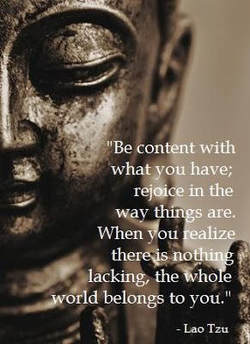 "Fame or integrity: which is more important? Money or happiness: which is more valuable? Success of failure: which is more destructive? If you look to others for fulfillment, you will never truly be fulfilled. If your happiness depends on money, you will never be happy with yourself. Be content with what you have; rejoice in the way things are. When you realize there is nothing lacking, the whole world belongs to you." From chapter 44 of The Tao Te Ching written by Lao-Tau and translated by S. Mitchell Most people overestimate what they can accomplish in a day, yet underestimate what they can accomplish in a month or year. If we apply this reality to change efforts one begins to understand the importance of patience, and building habits in support of incremental progress.
Especially when you are working towards personal transformation - allowing yourself time, and forgiving the occasional backslide, can be the determining factors for success. Acknowledge that change requires tremedous effort and when frustrations arise all one must do is to keep going, no matter the pace. If you feel like you have hit a brick wall with your change project, Thrive Wellness Coaching can help! Request a FREE COACHING SESSION to learn more. As Geneen Roth explains in her book Women Food and God, "In an April 2007 UCLA study of the effectivness of dieting, reseachers found that one of the best predictors of weight gain was having lost weight on a diet at some point during the years before the study started. Among those who were followed for fewer than two years, 83 percent gained back more weight than they had lost. Another study found that people who went on diets were worse off than people who didn't.
Failing is built into the weight game. There is no way to play it and win. [To be healthy, we need to move beyond being] brainwashed by a sixty-billion-dollar-a-year diet industry." At Thrive Wellness Coaching we support lasting lifestyle change by working with clients to establish permenant healthy habits; no diets allowed! Learn about our personal coaching services and leave the dieting yo-yo cycles behind on your path to sutainable healthy living.  Why Does America Struggle with Such a Preventable Health Crisis? The answer is very complicated and most frustratingly, it has a lot more to do with our environment than failings or lack of willpower on the part of the individual. As many have observed, if you “go with the flow” in America, you will be overweight or obese. This does not mean, however, that individuals are powerless or that we should accept this with certainty as our assured fate. Education and wellness coaching can go a long way in empowering individuals to swim against the current towards better health and wellness. This blog post will explore some of the issues that tangle together to make healthy living in this country so elusive for the majority. The more you learn and know about the environment in which we need to make food, activity and ultimately health decisions each day, you more you realize weight issues and obesity can not be blamed on a failure of individual agency or willpower. We are not doomed, but understanding the issues described below is imperative for the individual to have a chance of navigating themselves and their families towards health. In America, health is the ultimate “knowledge is power” issue of our time. Our Very New Toxic Environment is at Odds with Our Evolution In the last 75 years, we have created a toxic environment in America that is incompatible with the way our body’s needs have evolved. Our modern world is characterized by excess energy reserves hard to avoid and this abundance of calories is evolutionarily new. For 4 million years humans have inhabited an environment of food scarcity so we are programed to eat as much as possible when calorie dense foods, such as meat, become available. This hardwiring allowed us to survive food insecurity, and even famine, but in our current landscape of overabundance, the instinct becomes disadvantageous. Food is now obsequious everywhere in America – we see it at gas stations and bookstores and vending machines are present at every school and workplace. This is another new development and it provides us with unrelenting external cues to eat. We are also designed to walk several miles a day in search of food, water, and firewood—as indigenous people do to this very day. Since our bodies depend on this activity to function properly, our new sedentary, indoor lifestyles cause chronic discomfort, pain and arthritic conditions for the 1 in 4 American adults that get no physical activity at all. Additionally, up until the very recent past, people lived and worked in dwellings without the consistent temperature control of central heating and air conditioning. That meant that many calories consumed in past generations where expanded to maintain the body’s internal temperature. These biological factors put us at odds with our new food supply, which has become completely industrialized during the same period of time. Stay tuned for upcoming blog posts that take a deeper dive into the health and wellness issues that arise as a consequence of our industrialized food system. Explore Wellness Coaching to Combat These Issues Learn more about developing your own personalized formula for heath and wellness to combat these issues by working with a Thrive Wellness Coach. In a recent Forbes article, Noma Nazish breaks down why self-care is so important for wellness, and includes a list of simple ways to introduce more into your life. Work with a Thrive Wellness Coach to develop your own custom formula for health and wellness.
“No matter how indulgent or fancy the term may sound, self-care is crucial for our physical, emotional and mental well-being. You shouldn’t neglect self-care and here's why:
Click here to read the full article. Everyone needs time alone, without the expectations of others, to recharge.
When do you spend quality time with yourself? Hobbies or personal wellness goals are a great way to formally make this part of your life. Work with a wellness coach on your most important relationship: Me, Myself & I.  There is so much confusing and conflicting diet advice out there it can be hard to know who to trust. To address this problem, researchers conducted a study to compare popular diet plans such as low-carb, Paleo, etc. Their findings are refreshing as they advocate ditching the rigid plans and principles in favor of broader guidelines. They explain, "A diet of minimally processed foods close to nature, predominantly plants, is decisively associated with health promotion and disease prevention." Read the full article, Science Compared Every Diet, and the Winner Is Real Food, for more information on this practical approach. If your goal is to implement this advice but you don’t know where to start, learn more about how Wellness Coaching can help you with this and other change goals by requesting a free session.  The key is to take advantage of the 3-step neurological process that creates a habit. First, choose a cue, like leaving your running shoes by the door, then pick a reward — say, a piece of chocolate when you get home from the gym. Eventually, when you see the shoes, your brain will start craving the reward, which will make it easier to work out day after day. View an infographic based on The Power of Habit to learn more.  Resolve to eat better and spend more time with loved ones by cooking more with friends and family in this winter. Read four ways to cook more with family from ChopChop. ChopChop is a non-profit organization whose mission is to inspire and teach kids to cook real food with their families. "You can compare a child’s body to a building under construction. A lot of different materials are needed to build it and to keep it in good repair. But a human being is also a kind of machine that’s running. It requires fuel for energy, and other substances to make it work properly, just as an automobile needs gasoline, oil, grease and water.
To do this, keep a balanced attitude. You don’t judge foods on calories alone, or on vitamins alone, or on minerals alone. Everybody in the long run needs a balance of low and high-calorie foods as well as a balance in other respects in the diet. Fortunately, there are a number of good books available and many of which include a variety of recipes. As important as consulting a book, however, is encouraging your child to eat a variety of vegetables at an early age." Read the full article by Dr. Benjamin Spock, MD.  The relationship between physical environment and wellbeing is sometimes overlooked, yet having a calming safe haven from the demands of the world is often the key to recharging one’s batteries. When you return from a long day what awaits you? Do you face clutter, conflict and many more things to be done in the way of housework? If so it may be time to invest some time and thought into creating a place that will allow you to relax, be yourself and practice self-care. Check out this great Freshome.com article, How to Make Your Home Feel More Relaxing, for insight on where to start and specific room-by-room suggestions to optimize your home environment.  RESOLUTIONS: WHAT IS THE GOAL? Do you have a new year's resolution, or several? If you do have more than one and they are large in scope, such as losing weight or getting a new job, the best approach is to be realistic in your change goals and to accept that change is a slow, but very rewarding, process. If you want to change many things about your life, it may help to reflect on the change you believe to be the most material to your happiness or sense of fulfillment. What really is the most important thing to you right now, January 2016? Is it career satisfaction? Finding more balance? Adopting a healthier, more sustainable, lifestyle? Making more time for family and close friends? Learning to take care of yourself, along with everyone else that depends on you? WHAT IS THE PLAN? The key to the plan is WHAT IS REALISTIC BASED ON MY LIFE? Focus on the your one key goal and accept, for now, the others things about your life you would like to change. Now compose a REALISTIC plan based on the amount of time and energy you have given your weekly schedule to begin and sustain gradual, slow, evolutionary change. SLOW AND STEADY STAYS THE COURSE Behavioral change is not often accomplished in a linear fashion. Maintain your patience as your change slowly, with the support of others. Often change occurs in a recycling pattern, so staying confident and committed during a perceived set back is very important. Often successful lasting change will come from this: one step forward, two back, four forward, two back, etc., course correct, and keep going. But slowly change takes hold and requires less and less effort. Learn more about change theory by scheduling a free coaching session.  The T. Colin Campbell Center for Nutrition Studies (CNS) is a 501(c)3 nonprofit organization based in Ithaca, NY, home of Cornell University. Started in 2007 by T. Colin Campbell, PhD, and Megan Murphy, the Center grew out of T. Colin Campbell’s life work in nutritional research and the recognition of The China Study, the 2005 book co-authored with his son Thomas Campbell, MD. In 2009 CNS, in collaboration with eCornell, began offering the Certificate in Plant Based Nutrition. The certificate program has become a nationally-recognized nutrition education program, enrolling thousands of students who have gone on to use their knowledge in a variety of endeavors. In addition to the general public, CNS has helped educate a growing number of health professionals through its continuing education credit programs. Learn about working with a wellness coach that is an alumni of this program.  According to the New York Times, surprisingly few, it seems. According to a new review of studies related to running and health, jogging for as few as five or six miles per week could substantially improve someone’s health. The reviewers found that even with such skimpy mileage, runners generally weighed less and had a lower risk of obesity than people who jogged fewer than five miles per week or (more commonly) not at all. These runners also were less likely to experience high blood pressure, cholesterol problems, diabetes, strokes, certain cancers and arthritis than the barely- or nonrunners. “It seems like the maximum benefits of running occur at quite low doses,” said Dr. Carl J. Lavie, medical director of cardiac rehabilitation and prevention at the Ochsner Medical Center in New Orleans and lead author of the review, which was published in September in Mayo Clinic Proceedings. As little as “one to two runs per week, or three to six miles per week, and well less than an hour per week” can be quite beneficial, he said. Read more. 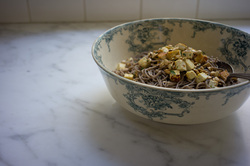 Visit Heidi Swanson's stellar cooking blog, 101 cookbooks, for this Ginger Soba Noodles recipe. Ingredients 12 oz / 340 g Dried soba noodles Ginger Dressing: 1 Tablespoon freshly grated fresh ginger 1 Teaspoon toasted sesame oil zest and juice of 1/2 a lemon 1/2 cup / 2.5 oz / 70 g Chopped white onion 1 Teaspoon mirin (optional) 2 Teaspoons brown sugar or honey 1/2 Teaspoon salt, plus more to taste 3 Tablespoons brown rice vinegar 1 Celery stalk, strings removed, then chopped 1/3 Cup / 80 sunflower oil or untoasted sesame oil 3 Tablespoons of chopped tarragon, plus more to taste A few big handfuls of cubed tofu, pan-fried or baked until golden 1/3 Cup + toasted squash seeds, pumpkin seeds, walnuts, or sesame seeds Read the directions on 101cookbooks.com.  Its September tomorrow! For most of us, this means a return to crazy schedules and greater demands on our time for the rest of the year. Fall can sometimes also feel like resolution or new habit time, with that back-to-school vibe that we all remember. This makes it a great time to set a goal or lay the foundation for a new wellness routine. The best way to push and stretch yourself into a more productive, happier and/or healthier you is to do so with some self-love and humor. We won't change if we expect perfection or are too hard on ourselves. We will have setbacks on a new path; that is distinctly part of the change process. But with a few depreciating laughs and the endurance that self-love fuels, you will perserve in the long run. And as with all lifestyle changes, time and realistic incremental steps will help you get where you want, and stay there permanently. So cheers to being as amazing as Queen Bey this Fall, by knowing that it doesn't mean we ever have to be #flawless. |
Archives
January 2022
Categories
All
|
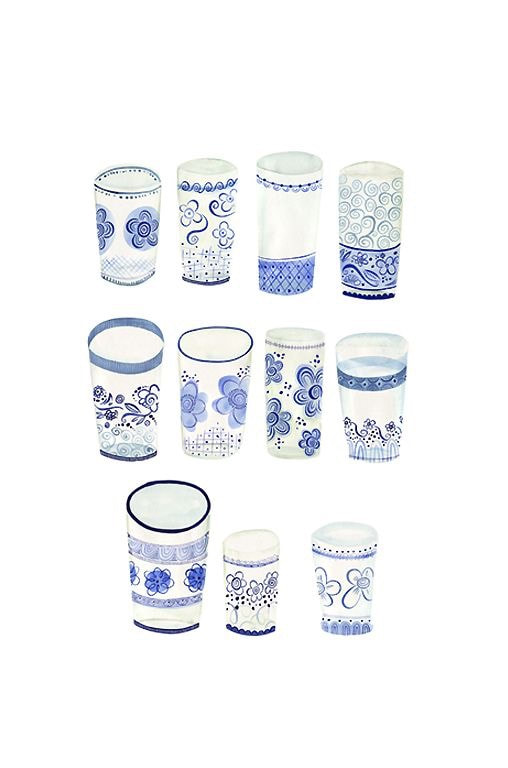

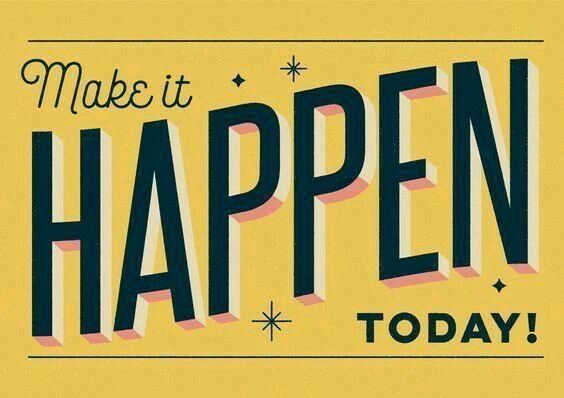
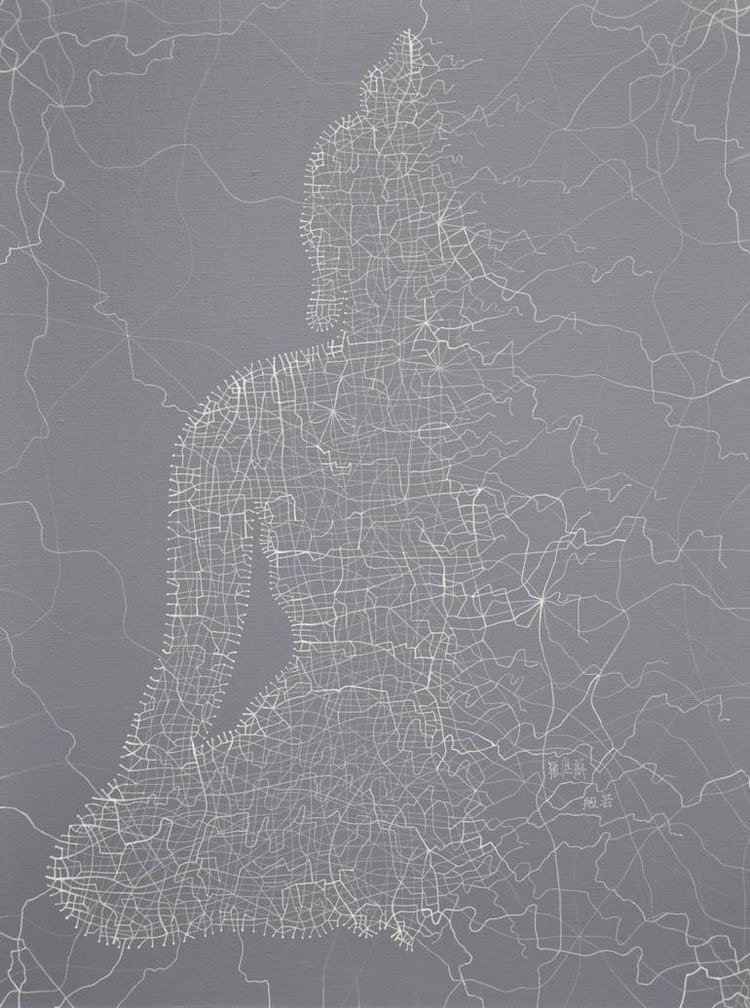
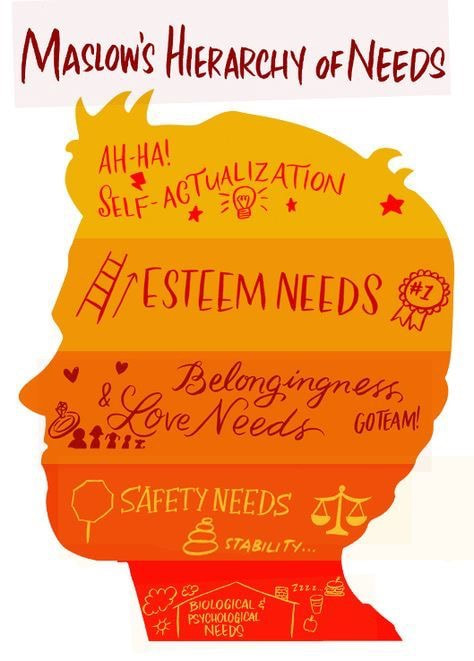
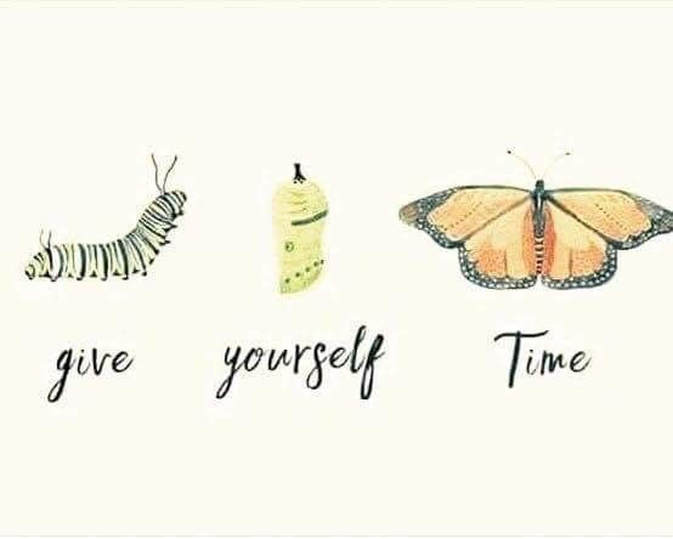
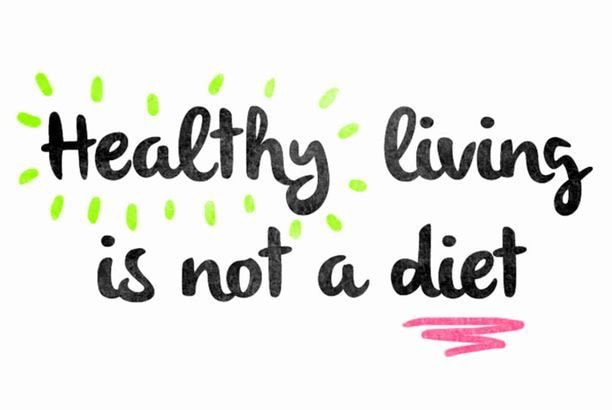

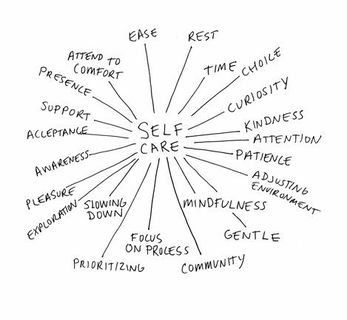
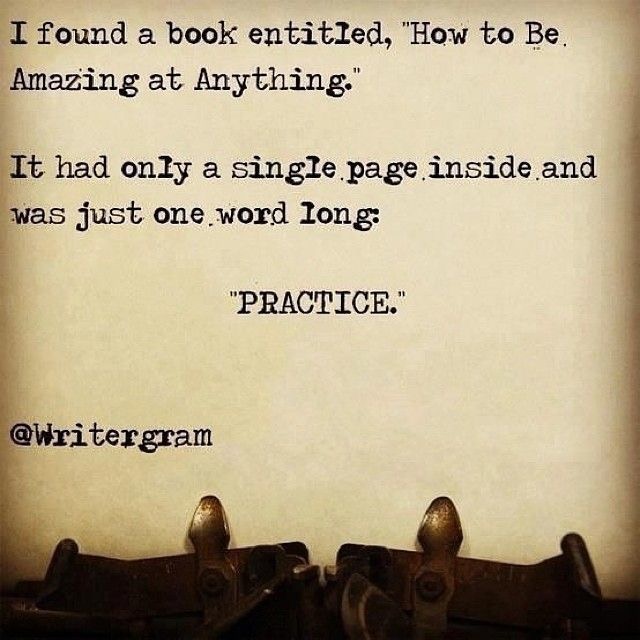
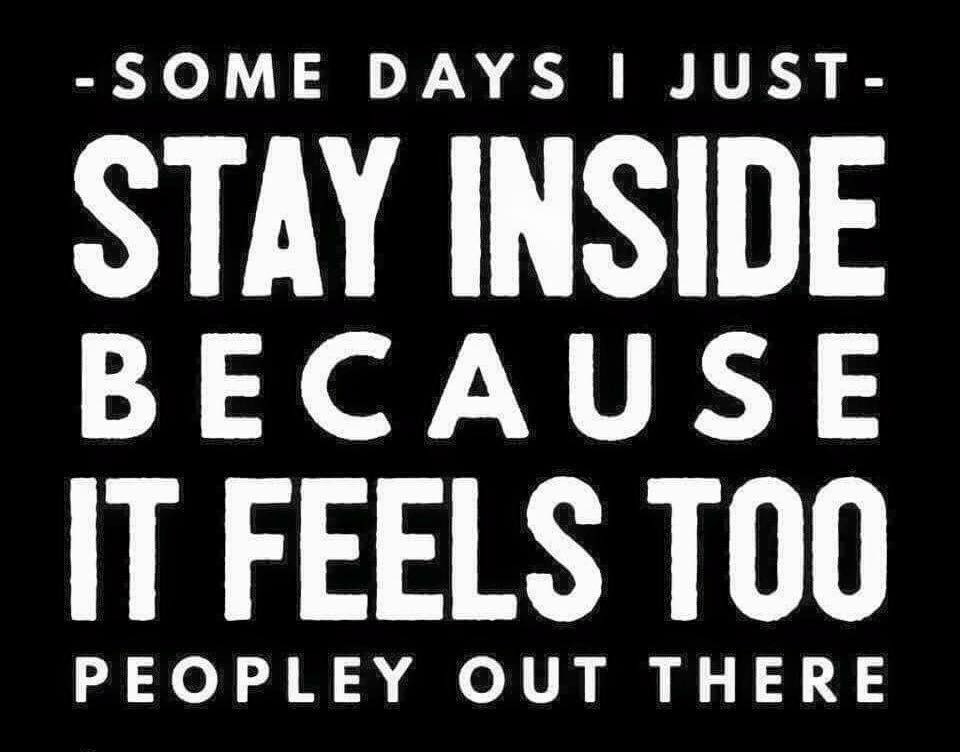
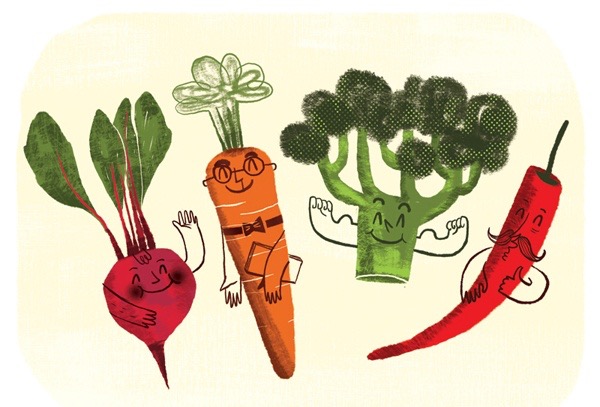
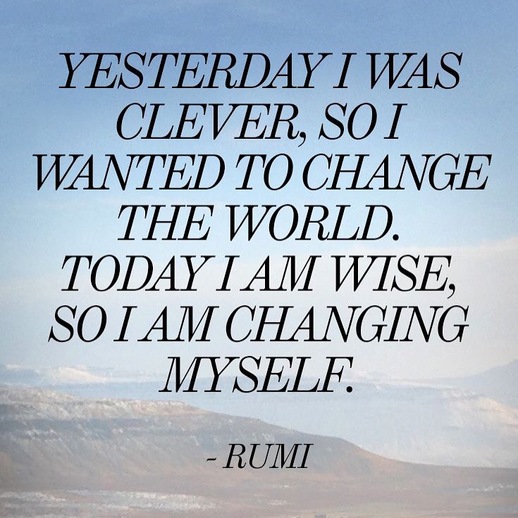

 RSS Feed
RSS Feed